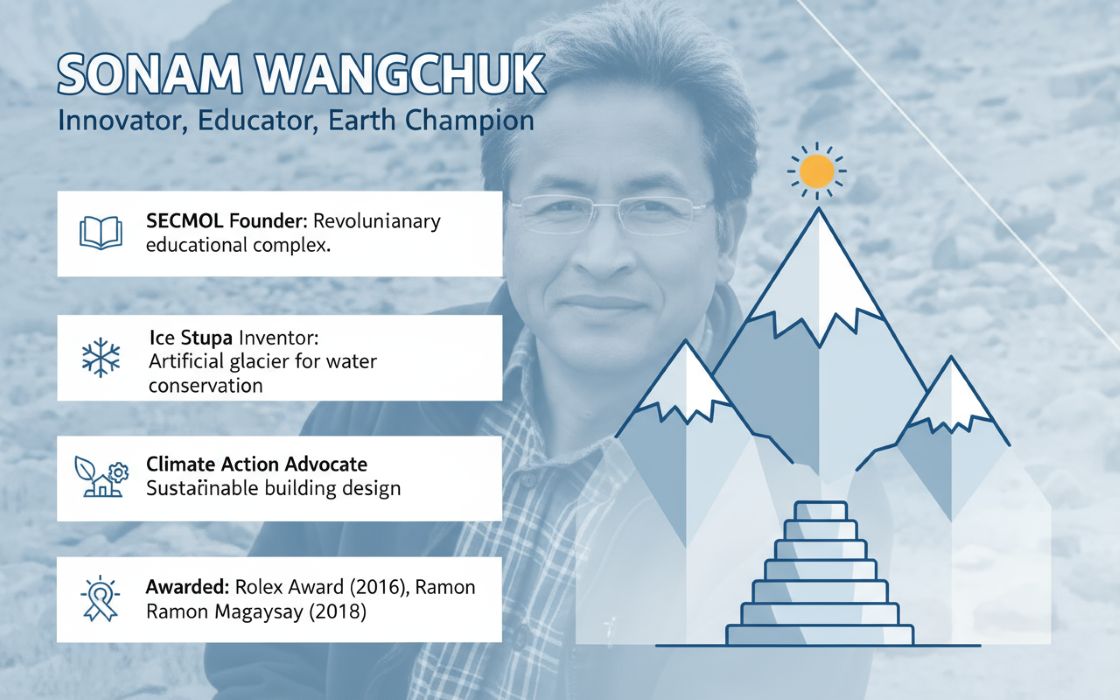Action for Social Advancement (ASA) recently launched the second phase of its agricultural initiative in Madhya Pradesh with support from the Walmart Foundation. The launch builds on the success of the first phase, which supported the formation of seven Farmer Producer Organizations (FPOs), facilitated trading of over 70,000 quintals of crops, and trained more than 30,000 farmers. ASA also enabled ₹80 million in credit and supported 10,500 farmers in adopting water conservation practices. This led to a reported growth of 25-30% in farmer incomes and FPO turnovers ranging between an impressive ₹45 and ₹60 million. The launch of Phase 2 marks a significant step toward empowering 35,000 smallholder farmers in the state, with a strong focus on tribal and marginalized communities.
In this exclusive interview with TheCSRUniverse, Ms. G. Jayanthi, Director of Action for Social Advancement (ASA), discusses the core vision behind the initiative and the challenges it addresses in smallholder farming. She explains how Phase 1 helped increase farmers’ incomes, outlines the regenerative practices and cropping systems being promoted in Phase 2, and highlights strategies for empowering tribal farmers and women in agriculture. The conversation also explores how ASA is building the long-term sustainability of FPOs, improving access to water and credit, and creating inclusive, market-aligned value chains that can be scaled across geographies.
Scroll down for deeper insights:
Q&A
Q. What is the core vision behind this initiative, and what key gaps or challenges in smallholder farming are you aiming to address through Phase 2?
A. In Madhya Pradesh, like much of India, over 86% of farmers are small and marginal. They work on very small plots, most depend on monsoon rains and when problems arise, they do not get adequate field-level support. Access to institutional credit is also missing and their production is often too little to reach the market directly. This leaves them vulnerable to middlemen. Because of this, many families migrate outside the monsoon season, sometimes earning more than half their income away from farming. What is also lacking is critical investment in rainwater harvesting and irrigation, the kind of infrastructure that could actually raise cropping intensity and production.
The farmer welfare project in Madhya Pradesh is designed to address these very gaps. The vision is to strengthen value chains by building strong FPOs, stabilise production through better natural resource management and scale up sustainable farming practices. But it is also about people, ensuring smallholders can thrive economically, participate in decisions and see farming as a dignified livelihood. By enabling FPOs to source responsibly and linking farmers to inclusive supply chains across 5 districts, we hope to create growth that is both sustainable and equitable.
Q. Phase 1 recorded a 25-30% income increase and notable FPO turnovers. What were the most effective strategies or interventions that contributed to these outcomes?
A. In Phase 1, our approach was very focused. We looked at the farmers’ immediate challenges and built from there. A big part of the effort went into rainwater harvesting and creating irrigation infrastructure. We also worked closely with government programmes like MGNREGA to scale these investments. With reliable water in place, farmers could move from single cropping to double, and in some cases even triple cropping, which directly boosted their production and incomes by 25-30%.
We also supported farmers to improve both productivity and quality, making sure their produce matched market demand. And on the institutional side, we focused on nurturing FPOs by building their capacities in governance, financial discipline, credit mobilisation and compliance, so they could become business-ready. With farmers producing throughout the year and FPOs equipped to handle market transactions responsibly, turnovers grew significantly.
Q. The Phase 2 plan includes bringing 75,000 hectares under regenerative land use. Could you elaborate on the specific sustainable practices being promoted to achieve this goal?
A. In Phase 2, we are targeting 75,000 hectares for regenerative land use and this will be achieved through a mix of sustainable practices. We are promoting organic and natural farming, along with the production of residue-free crops such as rice, wheat, maize, cotton, pulses, minor millets, soybean and vegetables.
For farmers who continue with conventional systems, we are introducing methods like integrated nutrient management and integrated pest management to make their practices more sustainable. Alongside this, we are encouraging soil and water-friendly practices such as crop rotation and rainwater harvesting, which strengthen resilience. Importantly, all of this production is being aligned with market demand, both in terms of quantity and quality, so that farmers not only grow sustainably but also find better opportunities to sell their produce.
Q. Strengthening FPOs appears to be a key pillar of the program. How are you supporting their capacity to manage market linkages, working capital, and farmer engagement at scale?
A. ASA has been one of the pioneers in promoting Farmer Producer Organisations in India and with over 2 decades of experience, we understand what it takes to make them sustainable. An FPO has many moving parts and each of them needs attention. To bring all of this together, ASA set up the Centre for Incubation and Support for Smallholder Producer Organisations (CISSPO), which provides end-to-end support.
From our experience, governance is the foundation. We consciously nurture community leadership, especially women, so that farmers feel genuine ownership of their FPO. On the financial side, our teams guide FPOs in accounting, compliance and mobilising working capital. On the production side, we help farmers align with quality standards and market demand. And finally, our marketing support ensures FPOs are linked with institutional buyers and relevant markets. This holistic approach, covering governance, finance, production and market access, is what helps FPOs scale and deliver real benefits to farmers.
Q. How is the initiative addressing the needs of tribal communities specifically, and what strategies are in place to ensure equitable participation and benefit sharing?
A. This project is rooted in tribal regions by design. The locations we have chosen are predominantly tribal heartlands, which means their participation and benefit sharing is built into the very structure of the initiative. In fact, over 80% of the participants are from tribal communities.
Their involvement goes beyond numbers. Tribal farmers are actively represented in FPO leadership and in other community-based organisations such as self-help groups, water user groups and organic producer groups. By ensuring their voice and presence in these institutions, we are making sure that benefits are not only shared equitably but that tribal communities themselves are shaping the outcomes. And importantly, all project interventions, whether it is irrigation, credit support or sustainable farming practices, are designed keeping in mind the specific realities of tribal farmers, so that the solutions work for them on the ground.
Q. Women farmers often face additional barriers in agriculture. What steps are being taken to ensure their inclusion in value chains, training programs, and leadership roles within FPOs?
A. Women are truly at the centre of this project. Across all the community institutions we work with, we have made sure that at least 70% of members are women and that includes leadership. In fact, over 70% of FPO shareholders are women and this is clearly visible in their presence on Boards of Directors.
Our training programmes are designed around these institutions, so women’s participation comes naturally. But from our experience, we also know that representation does not always translate into real influence. That’s why in Phase 2 we are focusing on helping women leaders, especially women BoDs, play a stronger role in decision-making, including which value chains their FPOs should invest in. This is how we address the barriers women farmers often face: lack of recognition, limited decision-making power and fewer chances to engage in markets. The aim is to move beyond inclusion and ensure women are actually leading the creation of more inclusive and sustainable value chains.
Q. The project also aims to raise crop intensity from 124% to 200%. What changes in cropping patterns or inputs are being introduced to support this shift?
A. The real driver of higher crop intensity is water. By investing in rainwater harvesting and developing irrigation infrastructure, we are making it possible for farmers to grow more than one crop in a year. Alongside this, we are encouraging a broader crop basket and introducing more productive seed varieties. The idea is not just to grow more, but to diversify crops across seasons (cereals, pulses, vegetables) so farmers can maximise land use while reducing risks. To build confidence, the project also conducts a large number of demonstrations and varietal selection trials so farmers can see the results in the field before adopting new practices.
Q. Looking ahead, how do you plan to sustain the outcomes of this initiative beyond the project lifecycle? Are there plans for scaling this model in other geographies or sectors?
A. The real flagbearers of sustainability are the FPOs. We are nurturing them to become self-governed institutions, capable of aligning production with market demand, and of maintaining their own legal and financial responsibilities. Even after the project ends, ASA’s dedicated department, CISSPO, will continue to support these FPOs with audits, compliances, licences and training. So the outcomes won’t just stop when the project does.
The robust nature of the model has the potential to be replicated at scale. Small and marginal farmers, no matter where they are, need collective strength for both input and output linkages, and FPOs will always be central to that. The investments we have made in irrigation infrastructure, higher cropping intensity and improved farming practices will continue to generate quality supply that can meet market demand. Because farmers have been trained and supported hands-on, the systems we have built here can be replicated elsewhere. That’s why we don’t see this as something limited to Madhya Pradesh. We see it as a model that has the potential to guide rural transformation in many other places where smallholder farmers face the same challenges.



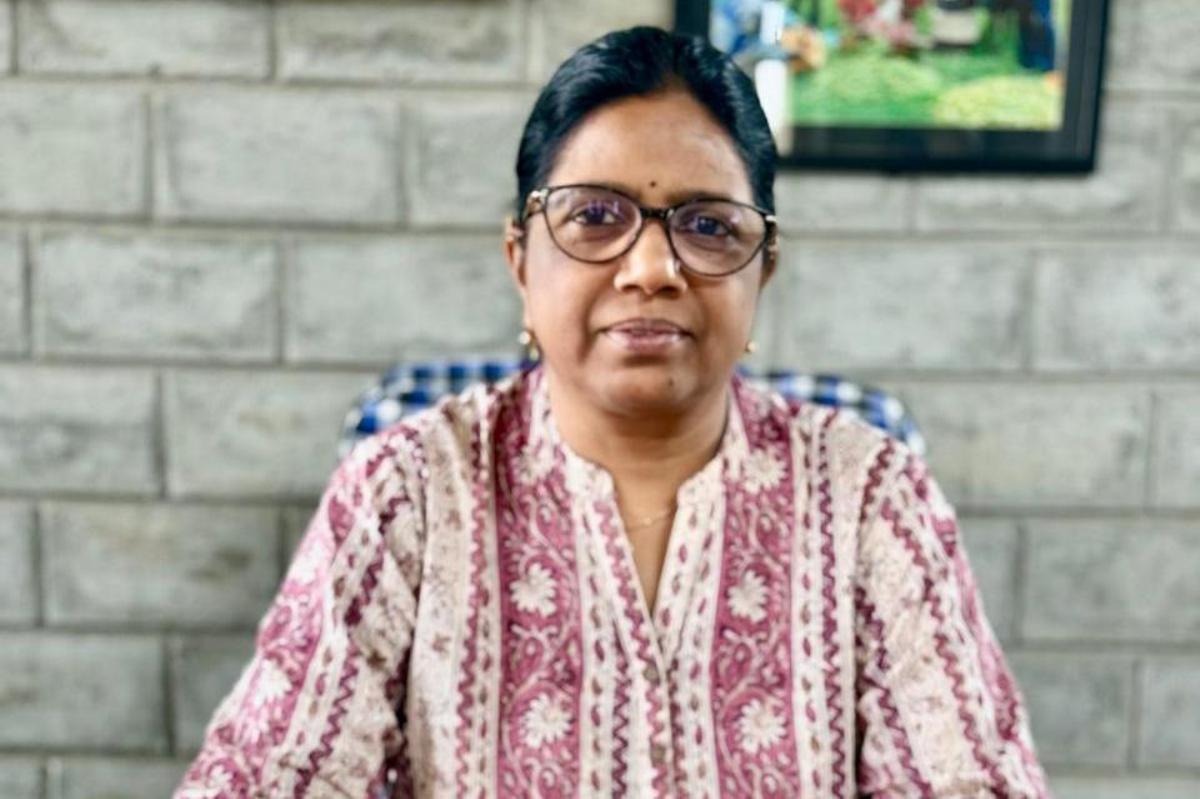


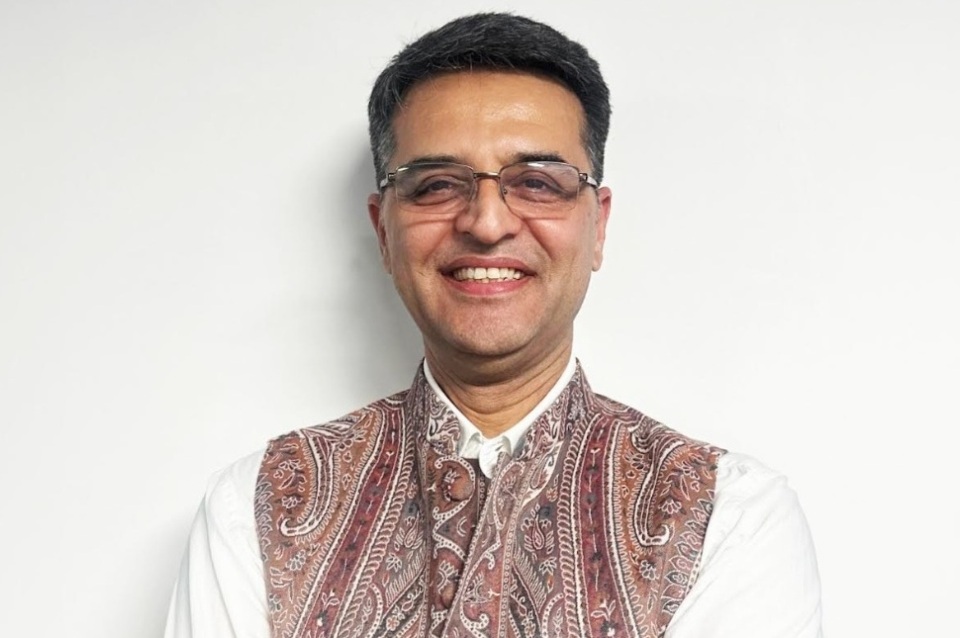
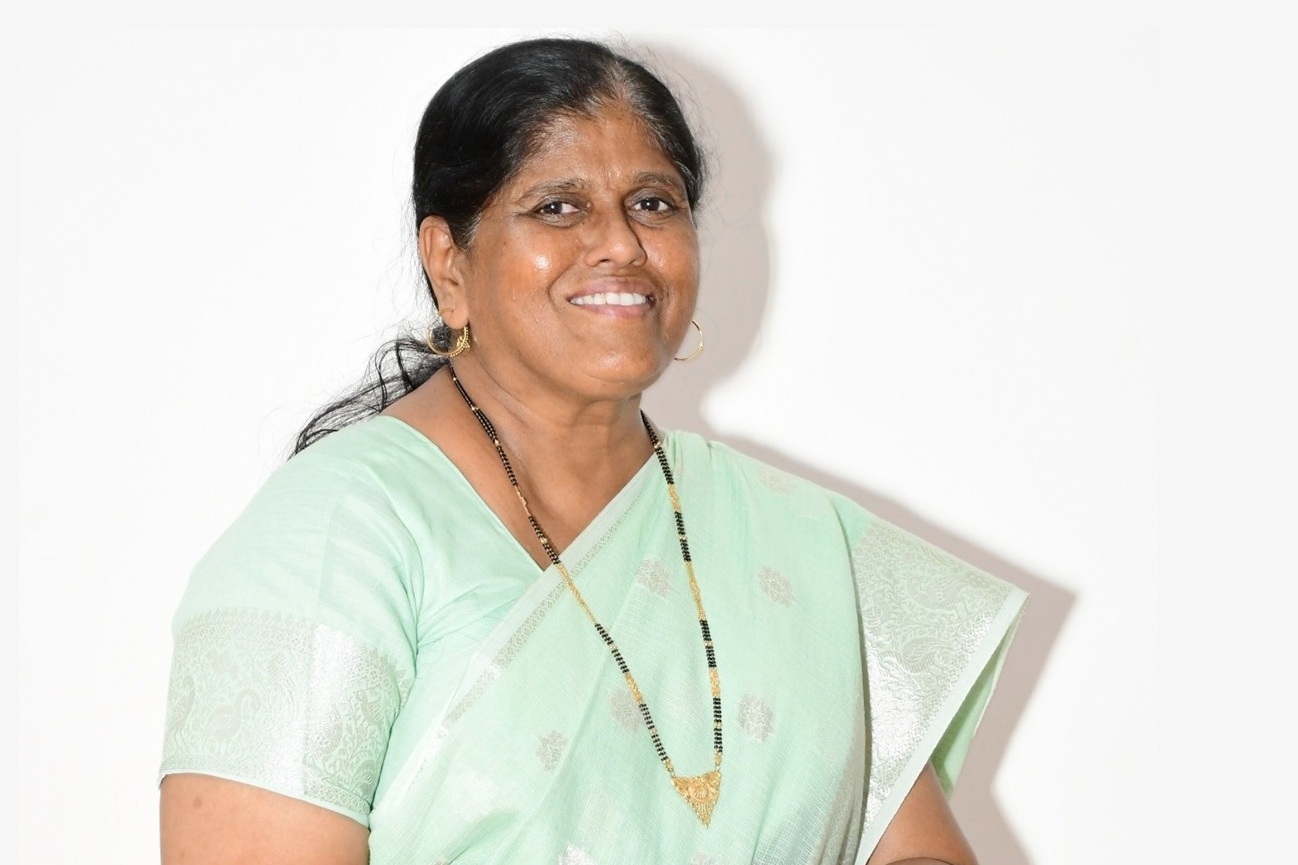


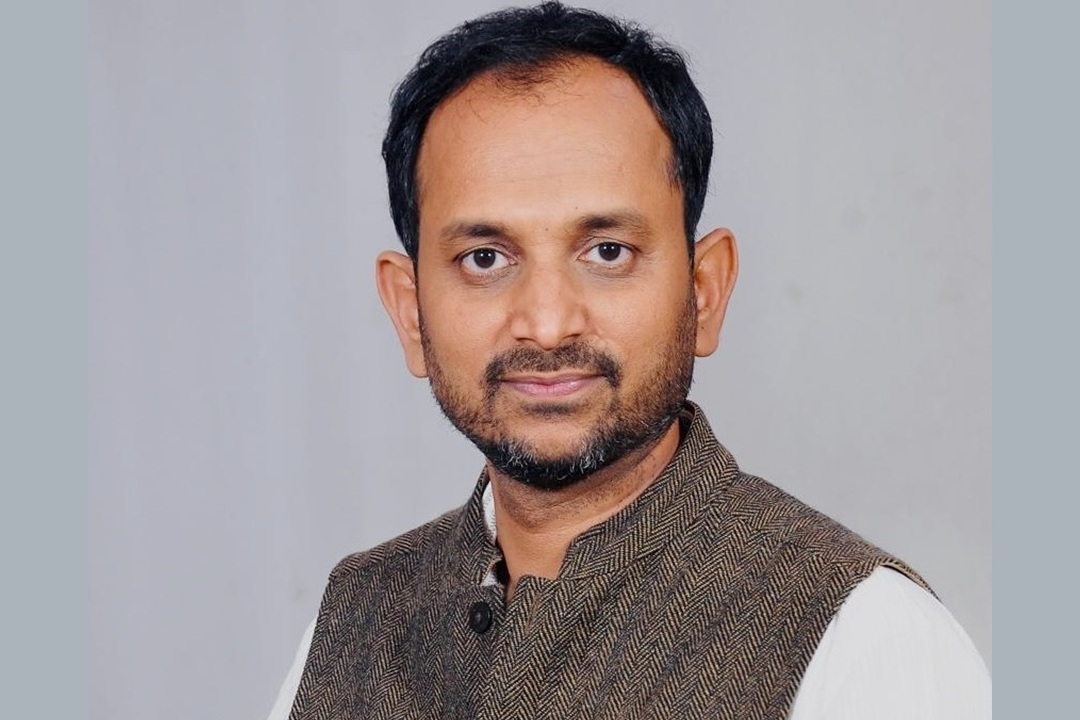
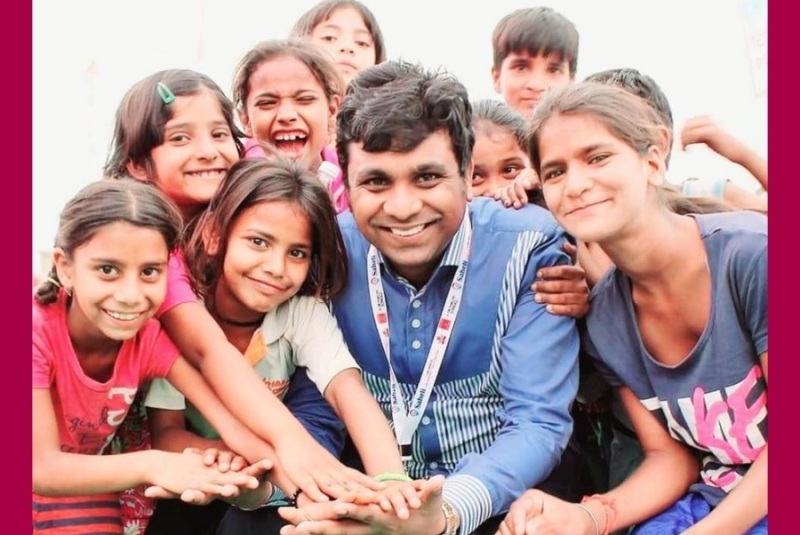
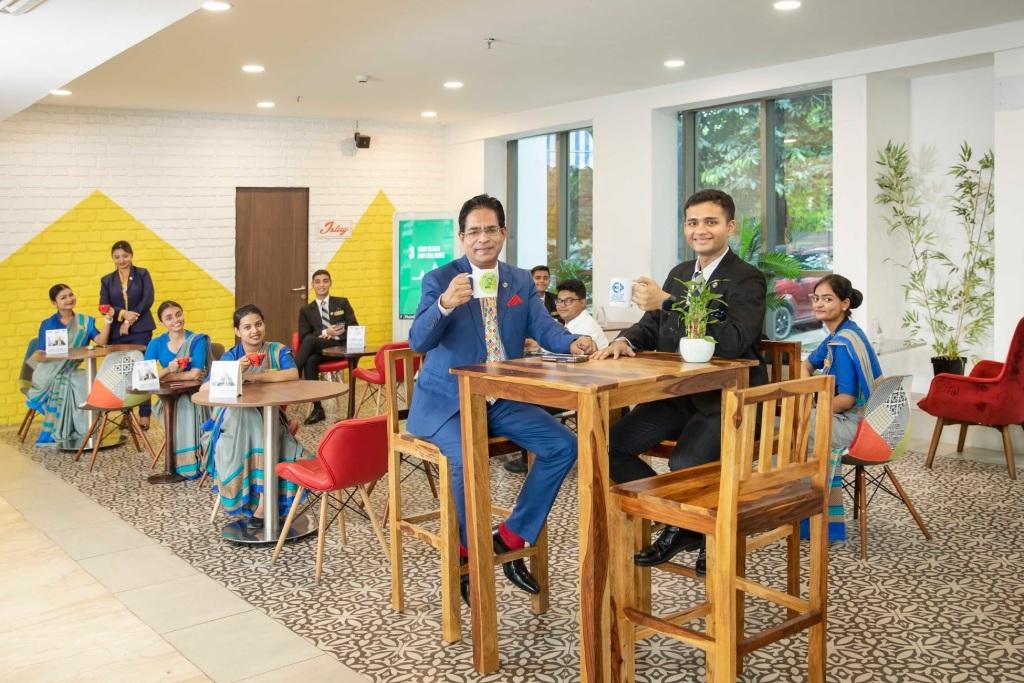
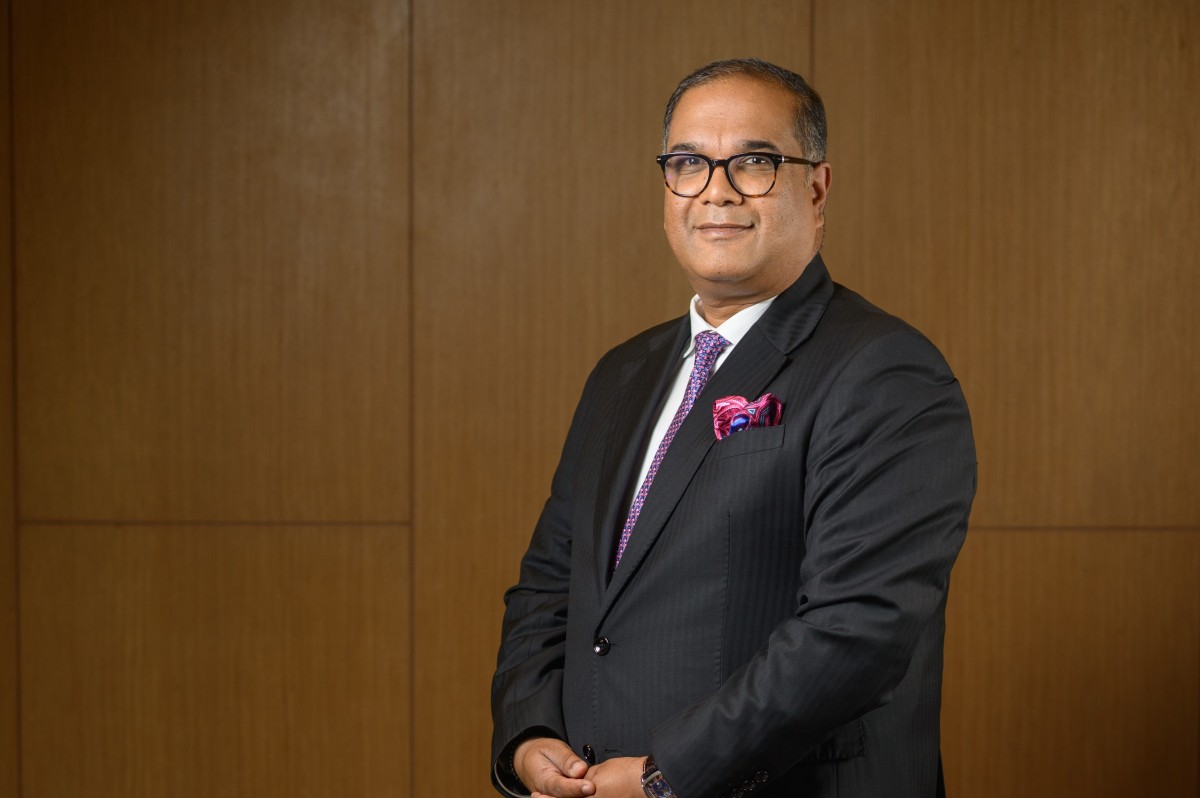
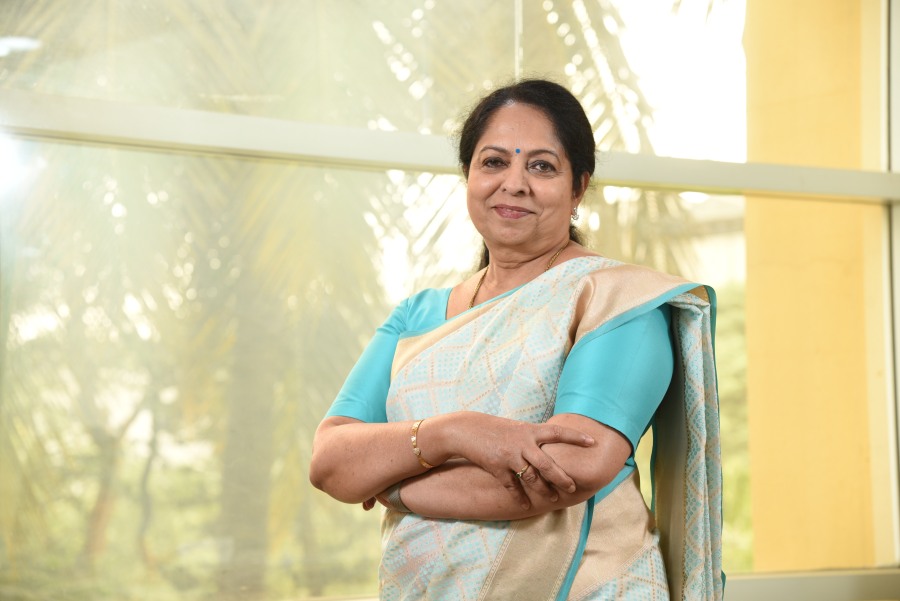
.jpg)

